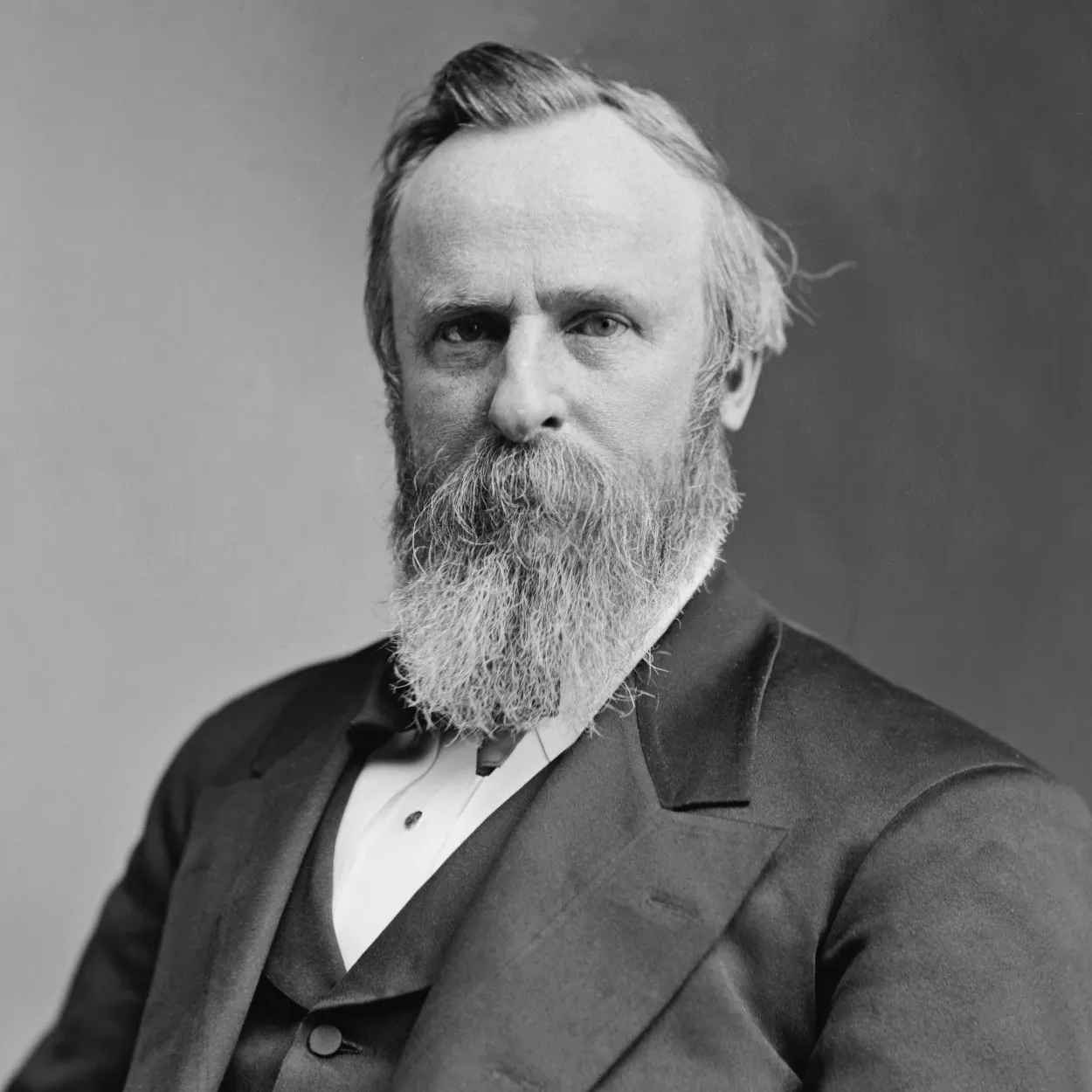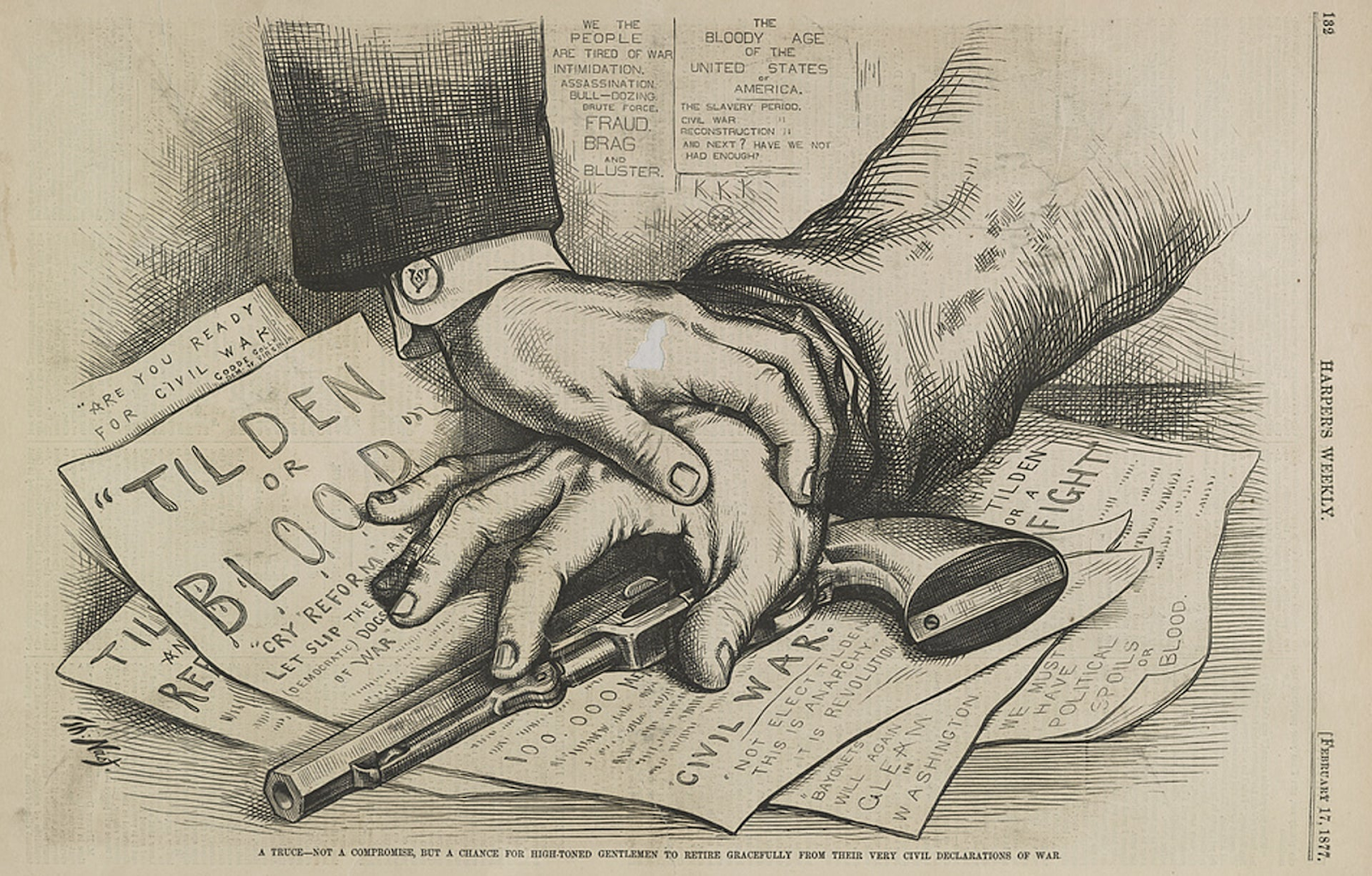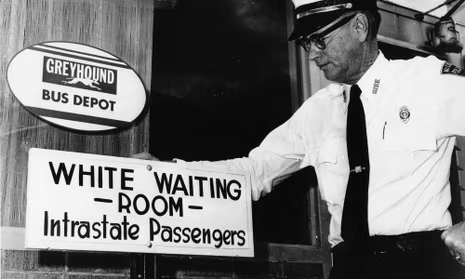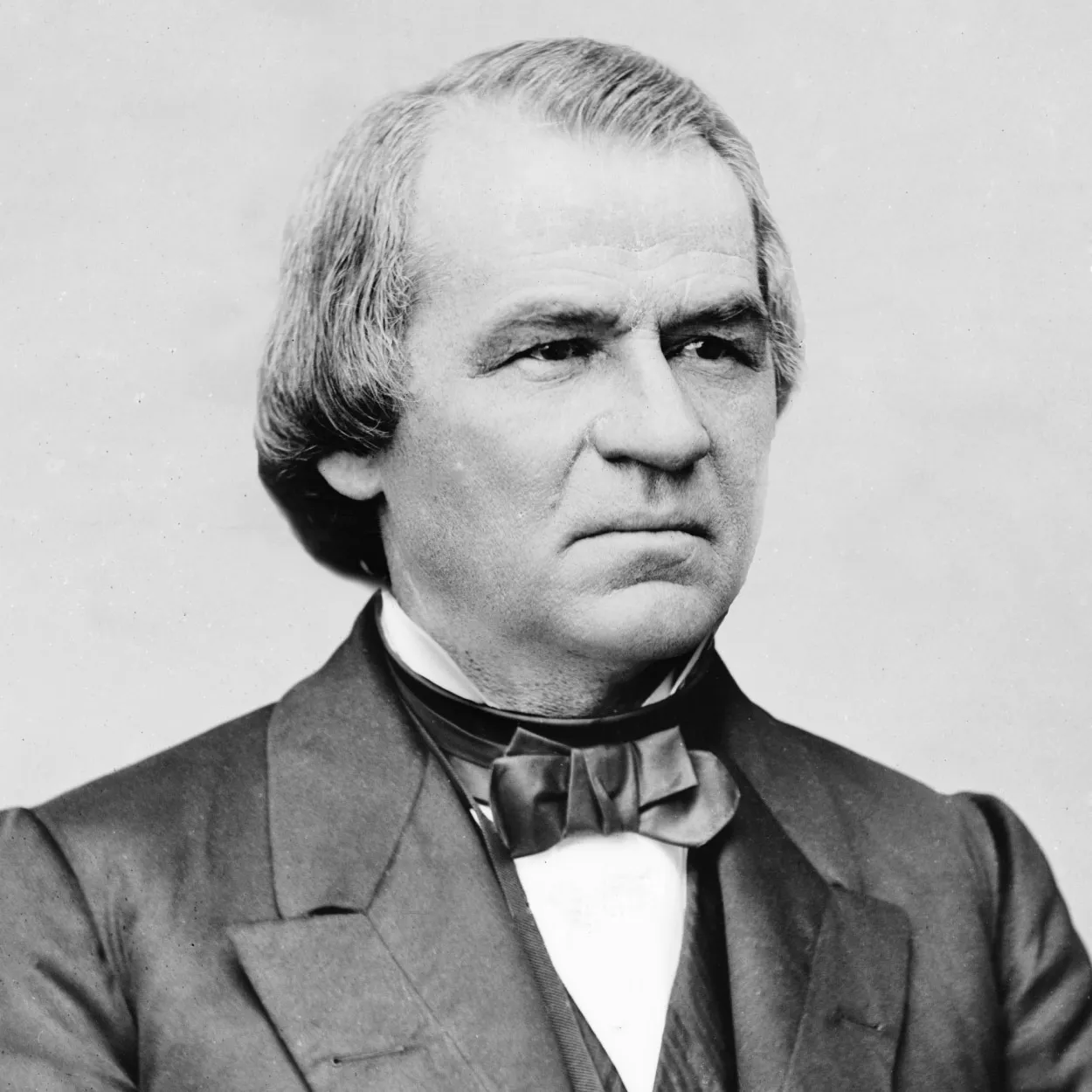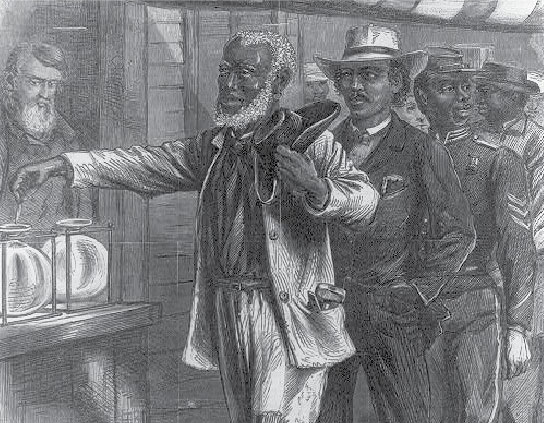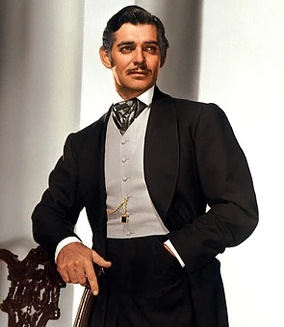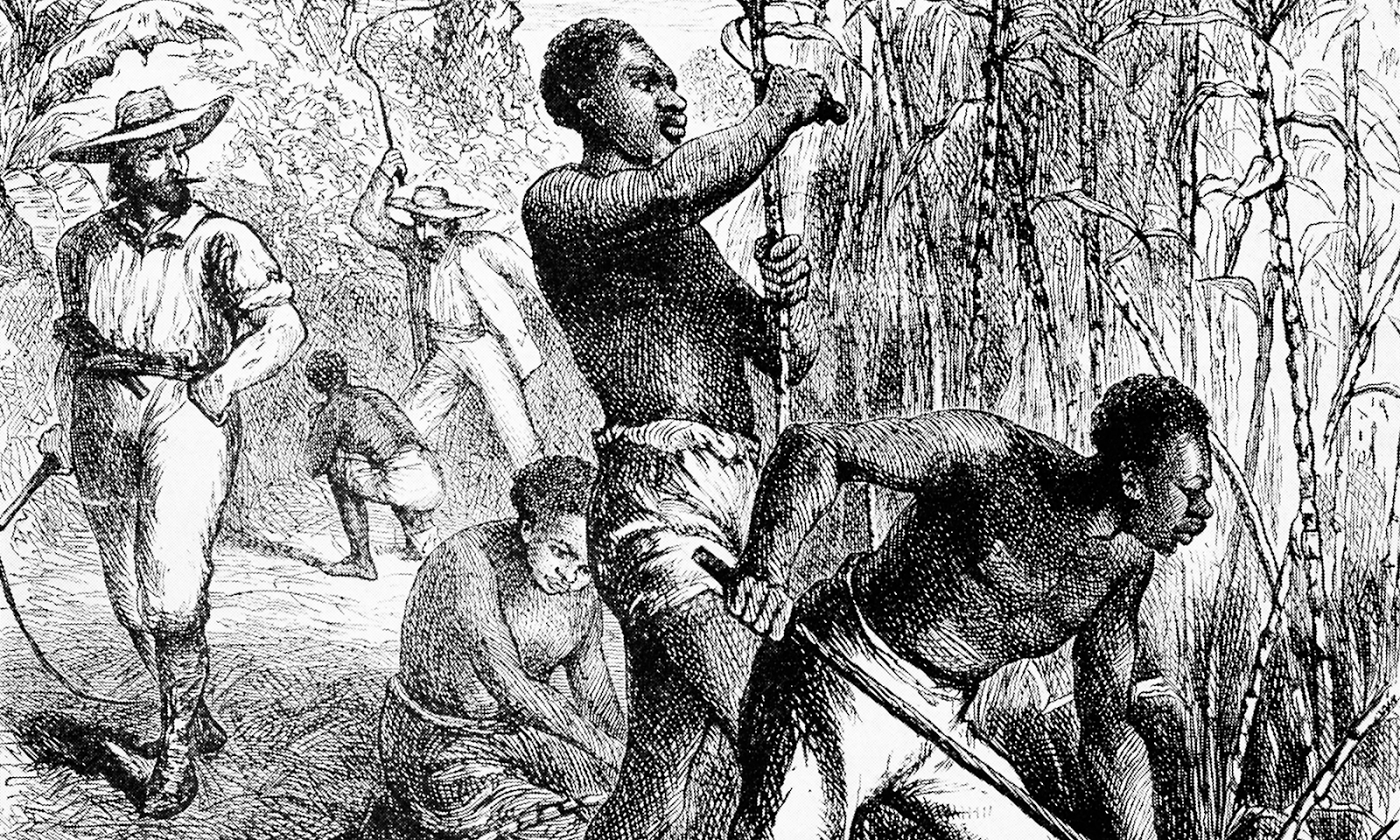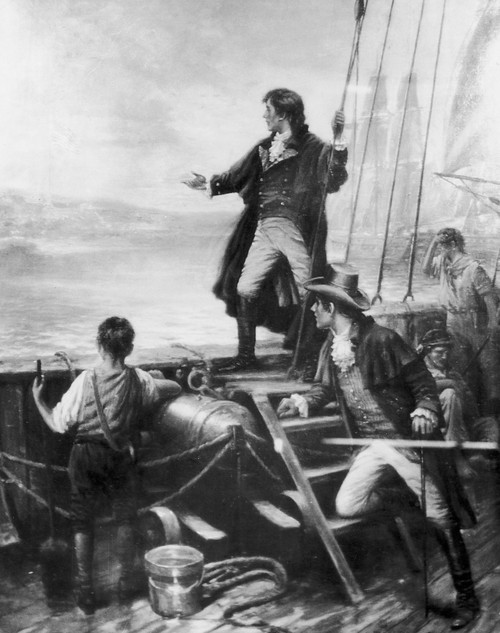Tuesday, October 29, 2024
Plessy v. Ferguson (Trial Reaction)
PBS Reconstruction Video Reaction
Immediately following the end of the Civil War in 1865, the United States would be thrust into a period of uncertainty and imminent change. By December of the same year the thirteenth amendment would afford African Americans across the nation their freedom. Beyond the constitutional emancipation of the formerly enslaved, there was little national consensus on the next course of action.
While 1865 marked the end of the bloodiest war to that point in American history, it did not signify the beginning of peace. Generations of racism and prejudice in the southern states cultivated a seemingly inflexible social structure that regarded white people as superior to the black counterparts. As a result, hysteria and violence ensured when these social constructs were eviscerated by the thirteenth amendment. Infamously, the Ku Klux Klan was established in Tennessee as a response to the new rights that were extended to black Americans. The Klan and similar organizations sought to overturn the verdict of the Civil War through acts of domestic terrorism.
At the same time, democratic governments were regain power a crossed the south east as due to the lenient reconstruction policies enacted by President Johnson. Andrew Johnson, who was sworn into office after Lincoln's assassination, was an old fashioned democrat with southern origins. Predictably, the president held southern sympathies which influenced his political decisions. While in term, he enacted policies that gave democrats a free hand in controlling the black population and refranchised thousands of former confederates, including Jefferson Davis. Consequently, the democratic party rebuilt significant political influence in the south through campaigns that promised to restore the southern way of life.
Under these redeemers governments, called such because they sought redemption for the loss of the Civil Warm, the rights of African Americans were flagrantly and consistently violated. One such example can be found in the Black Codes which were designed to ensure that there was as little change from slavery to freedom as possible.
Within this legislation was a Vagrancy Clause which outlawed joblessness and homelessness among African Americans. Since it was not uncommon for recently freed black citizens to be without a home or a job, many were arrested and fined. If the defendant could not pay their fee, which was a common outcome considering the socioeconomic status of many African American during this point in history, they would be forced to work for free. Essentially, democratic governments crafted a means to effectively bypassed the thirteenth amendments and reinstall a from of black servitude with their society.
Expectedly, tensions rose between the races and boiled over in May of 1866 with the Memphis Massacre where forty-eight Americans were killed. Unfortunately, this was not an isolated event as additional forty people died due to mob violence in New Orleans. In other locations, there was casual interracial violence and arson, prompting the federal government to reconsider its approach on reconstruction. By 1867, the federal government had reenkindled its efforts to rebuild the south with the proposal of the fourteenth amendment and the instatement of the first military reconstruction act. Furthermore, the central government demanded that southern states revise and reconstruct their constitutions to align with the progressive policies of the reconstruction era.
The first three years immediately following the Civil War as discussed in this blog are considered to be the most most momentous, hopeful, and fearful in African American history. It was an era wherein the people of the United States attempted to rebuild their country in a way that would match the ideals set forth in the founding documents. Simultaneously, the commitment of blacks to the practice of democracy was revitalized which led to greater progression as the nation moved through the latter half of the nineteenth century.
Sunday, October 20, 2024
EOTO Presentation (The Failure of Reconstruction)
Immediately following the surrender of southern forces on April 9, 1865, union leadership was faced with a complicated dilemma, reunification. One argument developed in a republican dominated congress and favored strict policy, disenfranchisement, and a remodeling of southern society as exemplified by the iron clad oath and military reconstruction acts. From a congressional perspective, the South had committed treason of the highest order. Following this logic, congress argued that the North had the authority to occupy and remodel the southern way of life.
On the other hand, President Lincoln and the executive branch sought to implement a more lenient plan in hopes of facilitating a peaceful integration. Instead of the iron clad oath which required a majority of the southern citizens and politicians to pledge their support to the union, Lincoln proposed a ten percent plan; Lincoln’s resolution declared that a southern state could be readmitted into the union if ten percent of the 1860 voters of that particular state swore loyalty to the Union.
The United States was soon enthralled in fierce political debate; some considered Lincoln’s principles to be too forgiving while others believed congress’s method to be vindictive. Before this pressing issue could be adequately settled, President Lincoln would be assassinated six days later on April 15, 1865.
Taking office in place of Lincoln, President Johnson would inherit the lenient propositions of the executive branch, enacting such policy when congress was out of session. Johnson, however, would take reconciliation even further by continuously lowering the requirements for southern readmission. Johnsons would also employ the Amnesty Proclamation whereby he offered over 13,000 presidential pardons to members of the confederacy. In December 1868, the seventeenth president of the United States would offer a sweeping pardon that enfranchised thousands more confederates, including the former president of the confederacy, Jefferson Davis.
At the same time, redeemer governments fought northern influence and attempted to restore the southern way of life. These governments were able to gain power as a direct result of lenient policies regarding confederate enfranchisement and the lack of sanctions on confederate political leadership. Under these democratic governments, several measures were passed to limit the newfound freedom awarded to African Americans by the 13th, 14th, and 15th amendments. Notably, black voters were subjected to grandfather clauses, poll taxes, and literacy tests which were inherently unfair. Through these agents, redeemers governments were able to strip the right to vote awarded to black Americans by the 15th amendment. Furthermore, an entirely white supreme court stunted black progress through discriminatory rulings, such as the Civil Rights Cases and Plessy v. Ferguson. In both cases, the supreme court ruled in a way that put the interests of black people below those of white people.
At the same time, supremacist organizations, such as the Red Shirts and the KKK, terrorized African Americans. In 1876 there were 90,000 African American voters in South Carolina. By end of century only 3,000 remained due to lynchings, beatings, and other forms of racial violence; Black Americans were forced to chose between exercising their freedom to vote and their life. To many, life was more important to suffrage. Within the capitol building, a similar situation unraveled in congress. In 1876 there were 17 African American congressmen, over 600 black state legislators, and hundreds of more colored citizens holding state offices. By 1886, only a few African Americans remained in politics and there would not be another black senator until 1967 due to the violent political climate of the time.
The failure of reconstruction can be attributed to the decision of the federal government to prioritize peace over justice. Through passive policy and political generosity, the union allowed the democratic party to overturn the verdict of America's bloodiest war. Furthermore, the north attempted to reunite the country without expending a large amount of military and monetary resources. As a direct result of these actions, terrorism and injustice reigned supreme in the south, further reversing black progress. At the end of the nineteenth century, reconstruction failed to provide African Americans with political rights, personal security, equality, or economic freedom; rather, it cemented inequality under the law through the guise of the separate but equal doctrine.
Tuesday, October 15, 2024
Gone With the Wind Reaction
While the entire film was a masterpiece in and of itself, Clark Gable's character Rhett Butler captivated my interest for the entirety of the showing. In the beginning of the movie, the handsome Ashely Wilkes throws a lavish party, inviting several members of the southern gentry. During the congregation, the affluent discussed the recent turmoil in the country and the possibility of a civil war. At some point during the conversation, nearly every gentleman, including Mr. Hamilton and Mr. Wilkes, voices their belief that a southern victory would come swiftly if war was to come to fruition.
However, Mr. Butler refused to share the aforementioned sentiments. To support his argument, the gambler elucidated that the south lacked industry and naval forces necessary for victory. Therefore, he argued, the southern confederation did not stand a chance against union forces. Unwilling to consider Rhett Butler's position, the gentry ridiculed and threatened their opponent. Consequently, Mr. Butler elected to leave the gentlemen to their thoughts despite their fallacious nature.
A Historical Argument for the State (Mock Trial)
In an effort to predict the result of this trajectory, we can look upon the efforts of the Englishmen. As we convene, the parliamentarian William Wilberforce campaigns against slavery with great success; on the other side of the pond, the British appear to be headed in the same direction as ourselves. If we have any respect for our mother country–which we ought to considering her borders spanned the entire globe at one point–then we should feel encouraged by her efforts.
Considering the recent history of this country and others, the facts of the matter suggest the beginning of a powerful anti-slavery movement. In this procession, we have the opportunity to hold our nation back against a powerful tidal wave of social progress, or open our sails and embrace the change that will lead to the progression of this nation as a whole.
EOTO Reaction (The Antebellum Era)
Throughout the Antebellum era, the underground railroad operated as a vessel of freedom, transporting hundreds of enslaved African Americas to northern territories. Famously, the north star guided slaves and conductors as they fled to freedom. Among other influential conductors, Harriet Tubman, Frederick Douglass, and William Still played imperative roles in the operation of the underground railroad.
Board of Regents v. Backy Trial Reaction
In the early 1970s Davis Medical School , chartered by the University of California , attempted to increase the diversity of its student bod...

-
The Jim Crow era began with the Plessy v. Ferguson decision in 1896 and lasted for nearly a decade. Unfortunately, this time period was ch...
-
While the entire film was a masterpiece in and of itself, Clark Gable's character Rhett Butler captivated my interest for the entirety ...
-
In the latter portion of the 1870's, the federal government's dedication to the complete reconstruction of the south began to dwindl...
